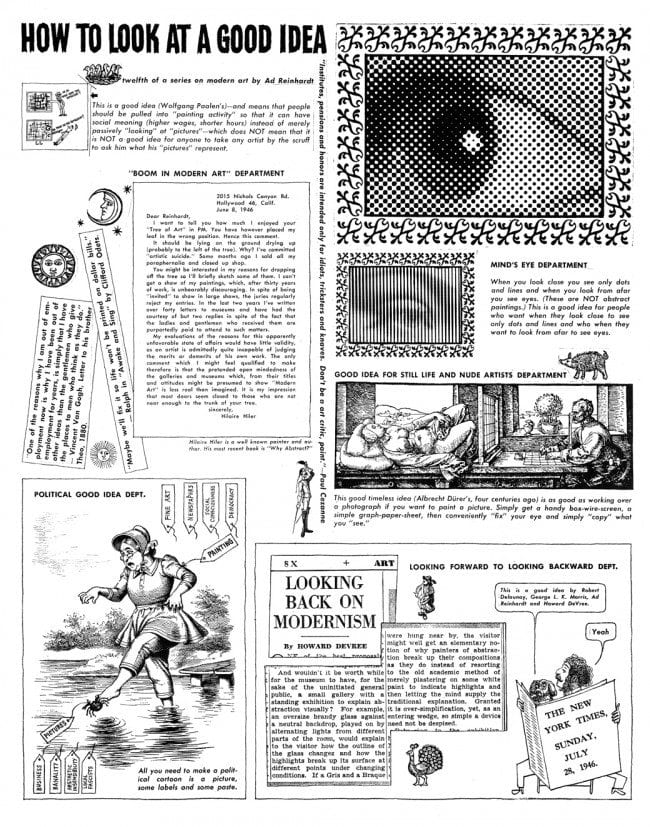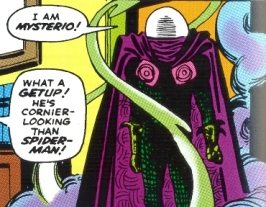Today, after nearly three years of virtually no comics convention coverage on this site at all, we present our second full report in a row. This time, it's columnist Paul Tumey on the Short Run festival in Seattle. Here's a bit of what Paul had to say:
Short Run was created in 2011 by two talented, crafty, artistic friends who love D.I.Y. publishing - Kelly Froh and Eroyn Franklin (Janice Headley became an organizer in 2013). It makes sense that this would eventually happen. SPX (Small Press Expo) has been going on for years, New York's MoCCA and Chicago's Cake Alternative Comics Expo are well-established. Seattle, which may well have more cartoonists per square inch than any other city in the world, seems a natural for a small press festival. The first Short Run Small Press Fest, funded by bake sales and the organizer's bank accounts, featured exhibitors and drew 800 people.
Insert a narration box at the top of the next panel that reads "Three years later..." and Short Run (this time partially funded by grants from Humanities Washington and 4Culture) 2013 drew about 1700 attendees and featured 120 beautifully mad people makin' copies, comics, zines, prints, and doodads for sale and trade. This year, Short Run took a long sprint across the entire month of November, with such events as November 9th's Rookie Yearbook 2 signing party with editor and fashion sensation Tavi Gevinson, the small press art show at the Fantagraphics Bookstore and Gallery, and November 29th's Read/Write event that featured a panel, an interactive performance with David Lasky and Greg Stump, a silkscreen workshop with Eric Carnell, and much more.
Also, we are republishing a rare, comprehensive interview with Calvin & Hobbes creator Bill Watterson, conducted by Richard Samuel West in 1989 and published in issue 127. Here's a sample:
WEST: Let’s talk about Hobbes a little bit. He seems to be older and wiser than Calvin, but not much. Which of the following more accurately describes him: a pet, a brother, a friend, or the father that Calvin never had?
WATTERSON: Hobbes is really hard to define and, in a way, I’m reluctant to do it. I think there’s an aspect of this character that’s hard for me to articulate. I suppose if I had to choose from those four, the brother and the friend would be the closest. But there’s something a little peculiar about him that’s, hopefully, not readily categorized.
WEST: Well, in a way that says more about Calvin than Hobbes because Hobbes is implicitly, explicitly just a product of his imagination.
WATTERSON: But the strip doesn’t assert that. That’s the assumption that adults make because nobody else sees him, sees Hobbes, in the way that Calvin does. Some reporter was writing a story on imaginary friends and they asked me for a comment, and I didn’t do it because I really have absolutely no knowledge about imaginary friends. It would seem to me, though, that when you make up a friend for yourself, you would have somebody to agree with you, not to argue with you. So Hobbes is more real than I suspect any kid would dream up.
WEST: Well, at the risk of getting into psychobabble, a lot of psychologists would say that children create imaginary friends to play out family dramas. So an argument can be just as much a part of an imaginary world as, you know, a sort of sentimental, gooey friendship can be.
WATTERSON: Yeah, well, I would hope that the friendship between Calvin and Hobbes is so complex that it would transcend a normal fantasy. The resolution of the question of whether Hobbes is real or not doesn’t concern me or interest me, but, hopefully, there’s some element of complexity there that will make the relationship interesting on a couple of levels.
Elsewhere:
—Reviews & Commentary. There have been a few more articles and testimonials written about PictureBox, including from Corey Blake at Robot 6, Calvin Reid at Publishers Weekly, and George Elkind.
Our own Rob Clough has reviewed Peter Bagge's Margaret Sanger bio Woman Rebel, and completed his thirty-day examination of figures connected to CCS. Paul Morton reviews Jon Lewis, Andrew Aydin & Nate Powell's March.
There are more best-of-2013 lists coming out too. Here are two from Douglas Wolk at Time and Hillary Brown & Co. at Paste.
Finally, one of the best retailer-run comics bloggers around, Mike Sterling, just celebrated his tenth anniversary.
—Interviews. Xavier Guilbert interviews John Porcellino at du9, Michael Cavna interviews Ed Piskor at the Washington Post, and Michael Dooley interviews Ted Rall at Print.
—Giving Opportunities. In Wednesday's post, while listing a slew of people and organizations looking for help (most of which are still ongoing), I neglected to include this indiegogo fundraiser for Tom Hart & Leela Corman's worthy SAW. Also, many cartoonists of interest to readers of this site are involved in Providence's Mothers News, which is currently raising money via subscription for 2014.



































